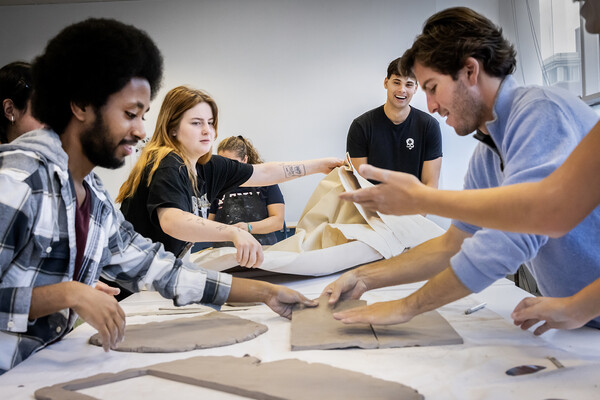Advance planning for disasters paid off
The smooth response of the University to the attack on the World Trade Center was no accident.
Here are some of the ways Penn is ready to respond to disasters:
The Emergency Response Team — The top administrators, including President Judith Rodin; the Provost and his office; Executive Vice President John Fry and divisions under him including computing, Human Resources and Public Safety; and University Communications, working with the city, decide how to secure the campus.
The Emergency Operations Center (EOC) — What Vice President for Public Safety Maureen Rush called a “war room” deploys police and other safety personnel and handles threats like fire, explosive devices, and chemical or radiation leaks with personnel trained to respond to such threats. The EOC has a back-up generator if power is lost, Rush said.
Communications — The MELT line (215-898-MELT), created for snow emergencies, carries cancellation messages. E-mail listservs and voice mail, coordinated by Information Systems and Computing, carry messages to the Penn community.
Counseling — Human Resources’ Employee Assistance Program continues to offers its free, confidential counseling and referrals for benefits-eligible faculty and staff.
Counseling staff under the vice provost for University Life and College House Programs also can provide disaster counseling.
The chaplain’s office is also available to help.
Mail alert — The mailroom staff has been trained to recognize suspicious packages and letters.
Following the World Trade Center attack, these groups all worked together to secure the campus and protect the welfare of students, faculty and staff..
Not all the decisions were easy. “We went back and forth,” said Rodin, on whether to rely on faculty, as expert adults, to lead class discussions on the events. “But there was so much agitation,” she said. Hence the decision to cancel classes and also to send employees home, “to allow them to be with friends … or be with family.”
The decisions were good ones.
Rush said, “People were coming up to me, including a student, who told me what a great job we were doing and how safe they felt.”






